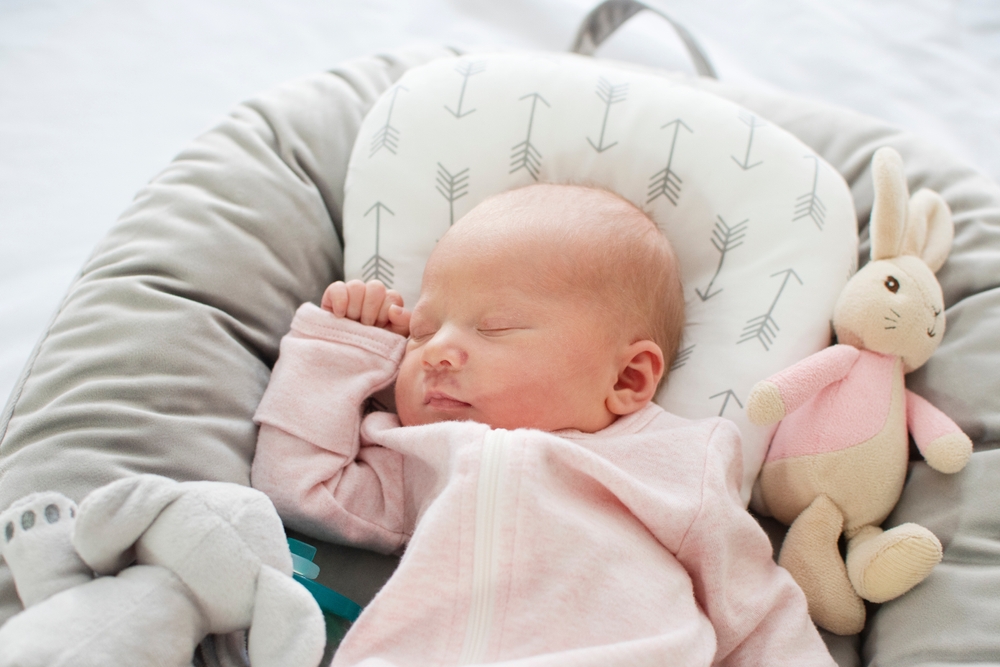Louisiana’s seemingly endless waterways offer recreational boaters with lots of opportunities for summer fun. But before venturing out onto the water, consider some important facts and take the time to plan and prepare for boating safety. Doing so will help you minimize the risk of personal injury while enjoying your time on the water.
All persons born after January 1, 1984 are required to complete an approved boating education course and carry proof of completion in order to operate a motorboat over 10 horsepower.
The size of your boat or watercraft dictates the type and quantity of safety equipment needed during operation. These requirements can be confusing to some.
U.S. Coast Guard-approved Types I, II, III and V personal floatation devices (PFD) are wearable, meaning simply that they are worn by the user. Types I, and II are best for small children, since they will right the wearer and turn them face up in the water without assistance. Type IIIs won’t right the wearer without conscious assistance but are more comfortable and are a good choice for older children and adults in calm waters where rescue would be imminent.
Ring buoys and buoyant boat cushions are Type IV devices. They are not intended for wear; rather, they are to be thrown to a person in the water. Type IV’s are required on boats of 16 feet to less than 26 but are a good idea on a boat of any size.
Type Vs are hybrid special-use devices such as work vests for offshore vessels and platforms. They are not acceptable for children 16 years of age and younger on boats less than 26 feet in length
Children on board a boat while underway must wear a Type I, II, or III PFD. Those over age 16 on boats under 26 feet may wear a Type V PFD but must have readily available a Type I, II, or III PFD.
If the boat is less than 16 feet and powered by a hand tiller outboard, everyone on board must wear a Type I, II, III, or V PFD while the motorboat is underway. Hand-tiller operated outboards over 10 horsepower on boats less than 26 feet also require an engine cut-off switch link attached to the operator.
Other optional safety equipment items are nighttime visual distress signals. They are required on all boats but only in federally controlled waters. The Type B fire extinguisher is required on every motorboat. Navigation lights are required on all boats operating between the hours of sunset and sunrise.
Planning for summer time safety on the water will decrease your family’s risk of personal injury. To find out more about boater education visit www.wlf.louisiana.gov. For information about PFD’s and other boating safety tips visit http://www.uscgboating.org.
If you or a loved one has suffered a personal injury, learn about your legal rights from an experienced New Orleans personal injury attorney by filling out our free, no obligation case review form located on this website.
Free Case Evaluation
More About HHK
Other Personal Injury News
Offshore work is one of the most dangerous professions in […]
The nervous system is a complex network of specialized cells […]
The brain is the most complex and important organ in […]
Electricity powers our modern world, enabling us to enjoy countless […]
Offshore oil workers hold one of the most dangerous job […]








